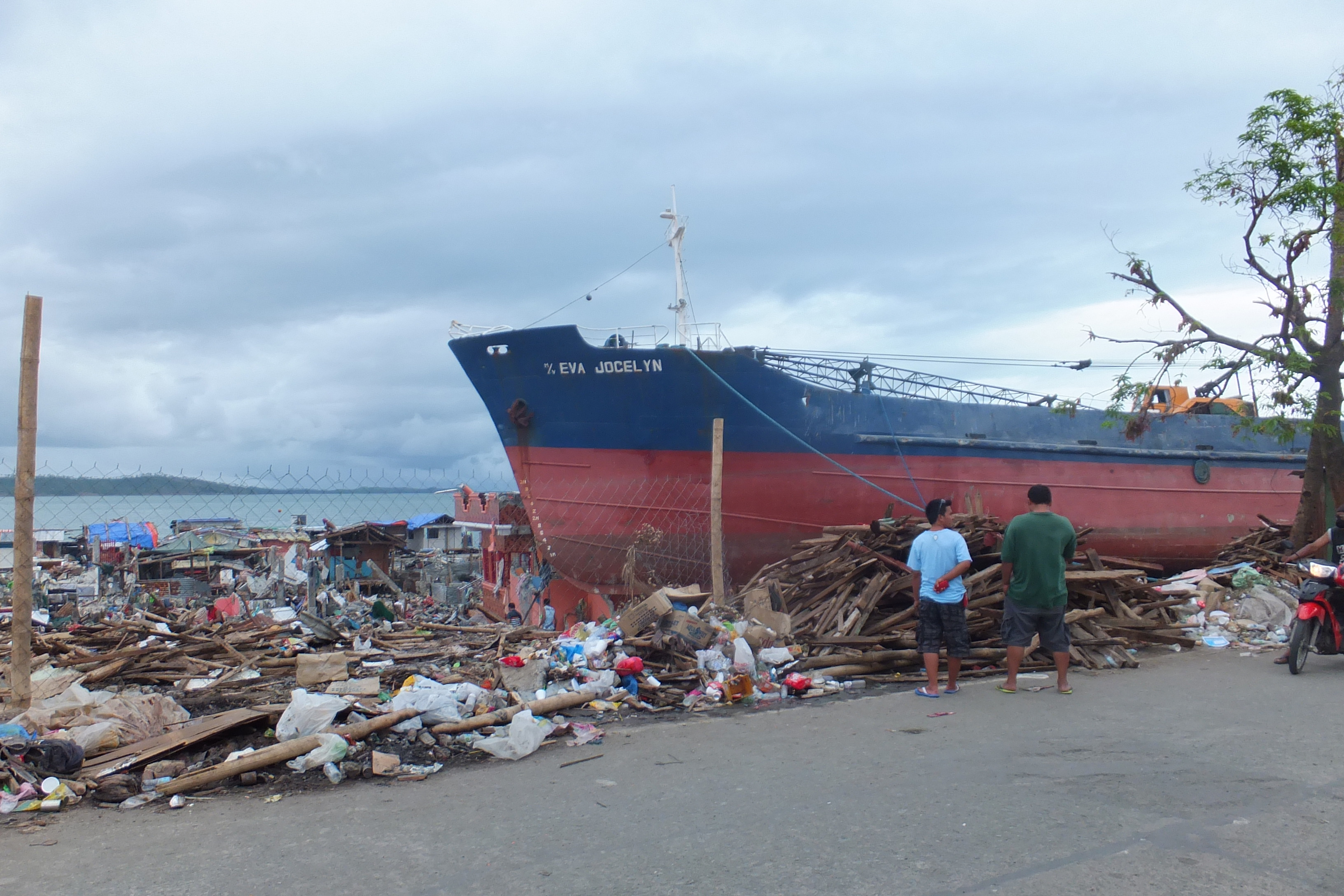How we can apply the lessons learned from the Tohoku tsunami to future disasters
The Great East Japan Earthquake (hereafter “the great earthquake”) resulted in the Tohoku tsunami (Tohoku Region Pacific Coast Earthquake and Tsunami), which caused widespread damage. Professor Tomoya Shibayama of the Faculty of Science and Engineering specialising in coastal engineering and coastal disaster prevention says, “The damage caused by the tsunami was beyond what many researchers could have imagined. The biggest lesson we learned was that people forgetting about such disasters and their aftermath would lead to future large-scale damage.” How then can we apply the lessons learned ten years ago to future tsunamis? Professor Shibayama talks about what can be done.
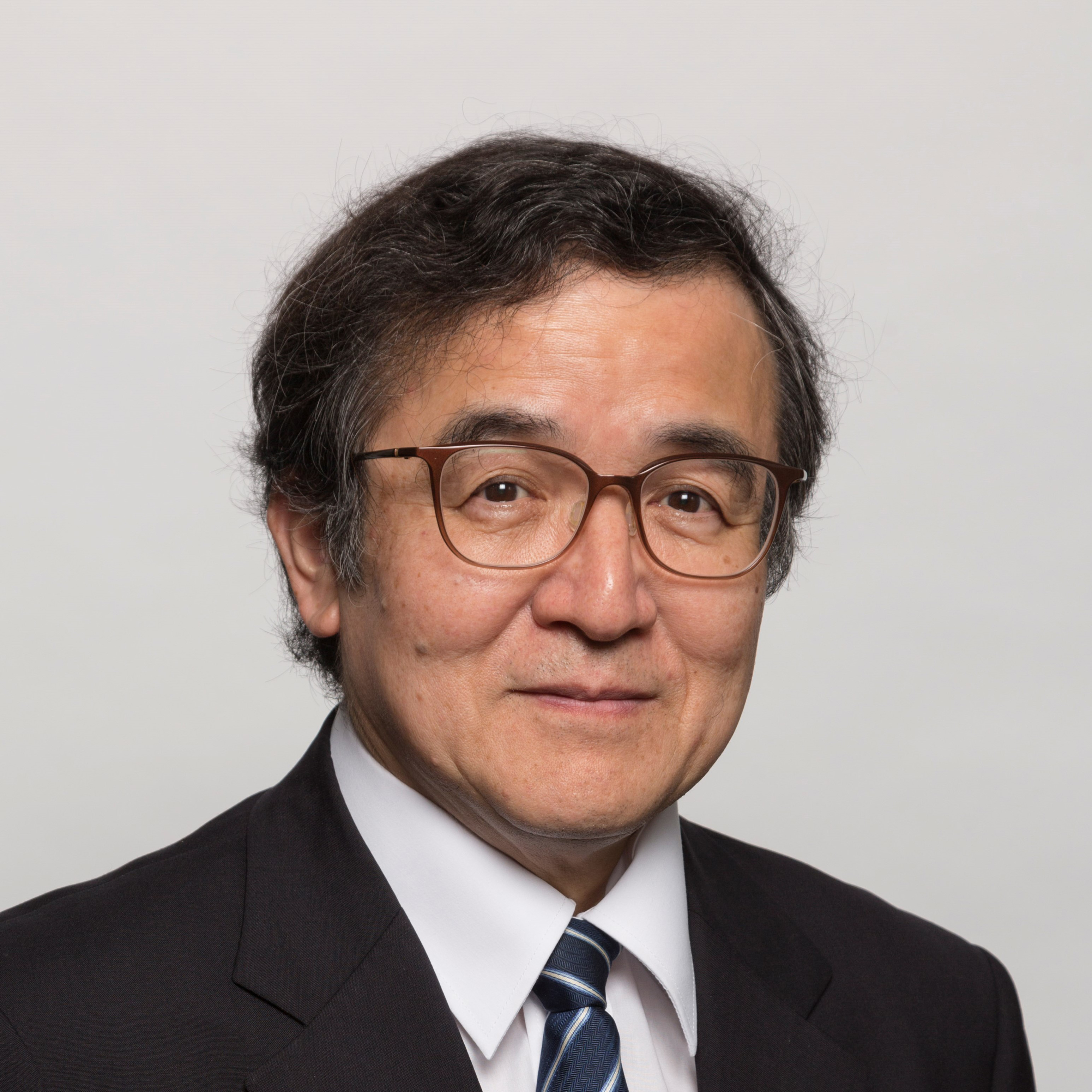
- Tomoya Shibayama
- Professor, Faculty of Science and Engineering, Waseda University
- Born in Tokyo in 1953, Professor Shibayama graduated and earned an Engineering Doctorate from the University of Tokyo. Before becoming a professor in the Faculty of Science and Engineering at Waseda University in 2009, he taught and held various teaching positions at the University of Tokyo, Asian Institute of Technology, and Yokohama National University. He specialises in civil engineering (coastal disaster prevention, coastal engineering, tsunami, and storm surge).
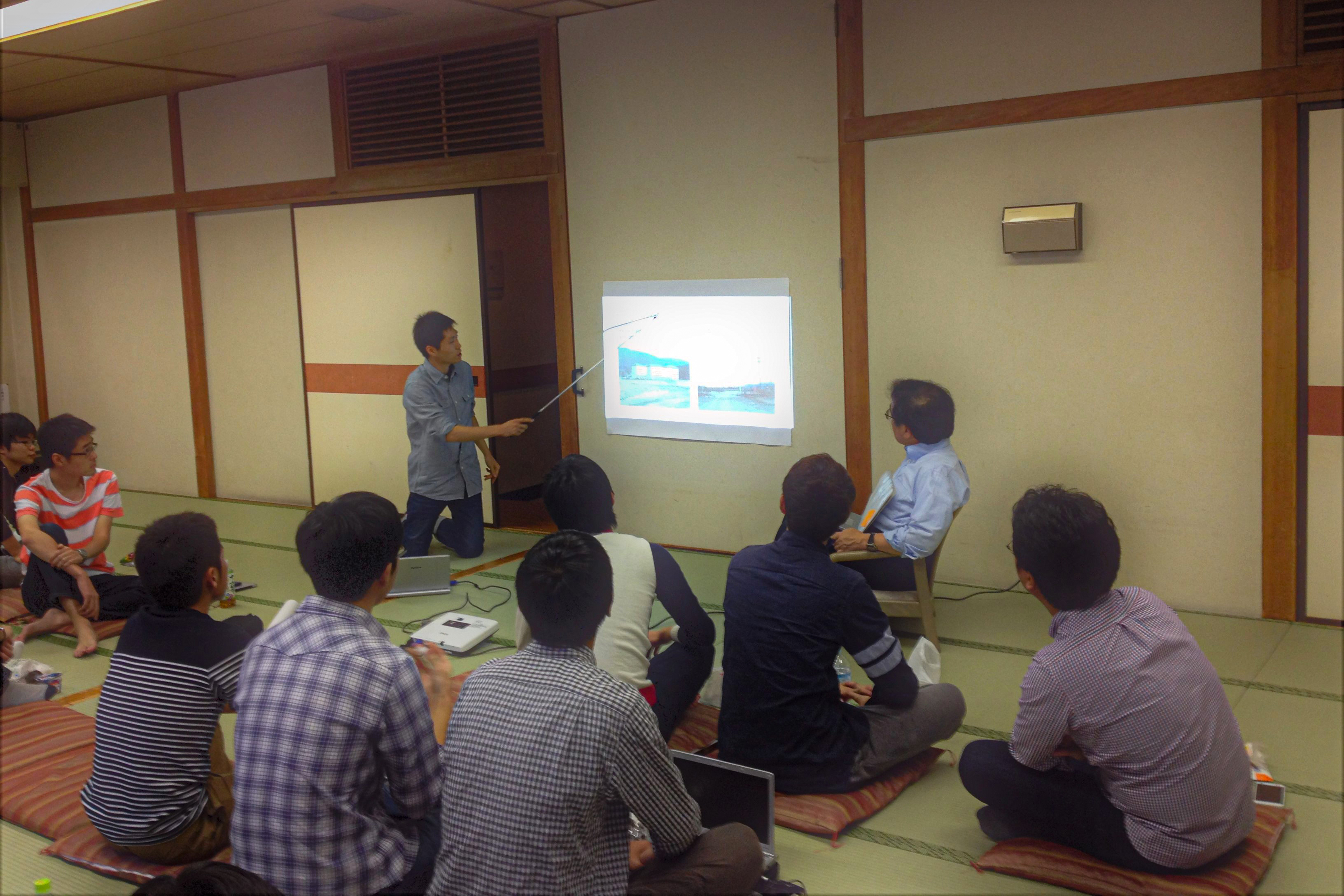
Re-examining disaster prevention and mitigation systems from multiple perspectives through interdisciplinary systematic research
After the great earthquake, Waseda University established the Institute for Research on Reconstruction from the Great East Japan Earthquake on May 8, 2011, to undertake a cross-university collaborative research project. The Composed Crisis Research Institute established within this institution aims to propose new disaster prevention and mitigation systems while clarifying the characteristics of the great earthquake as a complex disaster. Its director, Professor Shibayama, has conducted systematic research on disaster countermeasures.
“Working as a team is important in disaster research. If each member worked discretely, there would be duplication or omission in the areas of study. To protect local communities, we must incorporate knowledge from many genres such as energy policy and regional management as well as engineering and science. Although the Composed Crisis Research Institute began with research on coastal disasters such as tsunamis, storm surges and high waves, we have conducted research into multifaceted disaster countermeasures with more researchers specialising in volcanic eruptions and earthquakes. Since 2018, this organisation has been taken over by the Institute for Sustainable Future Society of the Research Institute for Science and Engineering. We are working to achieve the target of building a sustainable society in the face of frequent disasters by gathering expertise from a wide range of fields at Waseda University.”
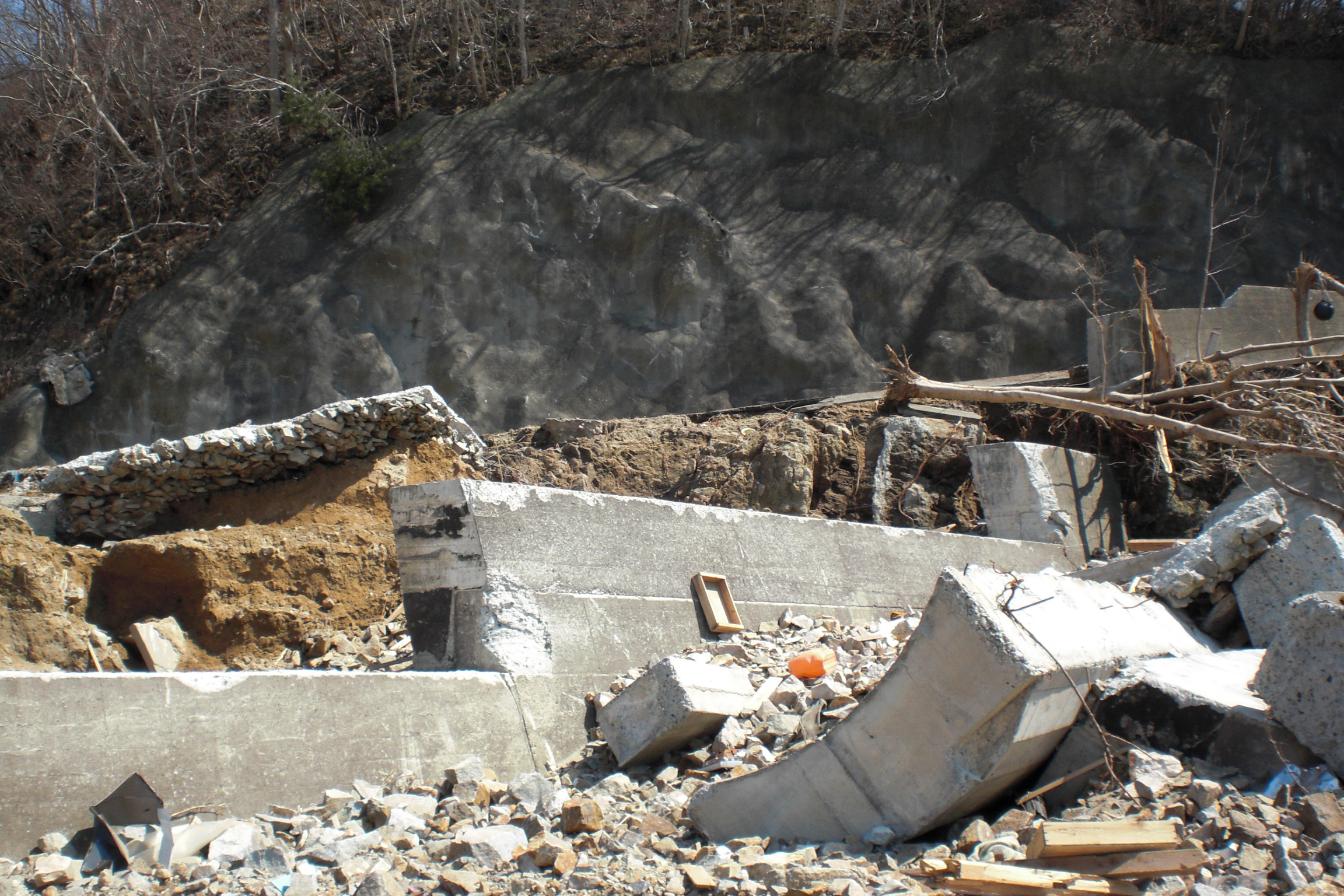
Making use of the experience from the great earthquake for overseas disaster countermeasures
The great earthquake caused unprecedented damage due to the tsunami, on a scale beyond our imagination. Professor Shibayama points out that what is common to the damaged areas is that “the history of the catastrophe on that land has been forgotten.”
“Iwate, Miyagi, and Fukushima prefectures all come under the Tohoku region. Iwate Prefecture, which experienced the 1896 Meiji Sanriku tsunami and 1933 Showa Sanriku tsunami, implemented disaster countermeasures based on historical data and experience. With respect to the central and south part of Miyagi prefecture and Fukushima prefecture, a large-scale tsunami in the plains dates back to the 869 Jogan Sanriku earthquake. One of the characteristics of the Tohoku tsunami was that it caused greater damage in Miyagi and Fukushima prefectures. The phenomenon of the presence or absence of memory influencing the damage can also be seen overseas.”
The 2004 Indian Ocean earthquake and tsunami caused tremendous damage, from Indonesia near the epicenter all the way to Africa’s coastal countries. Sri Lanka, one of the affected countries, despite having experienced a large-scale tsunami before, saw widespread damage because the local people had not found the evidence of the same in their own history.
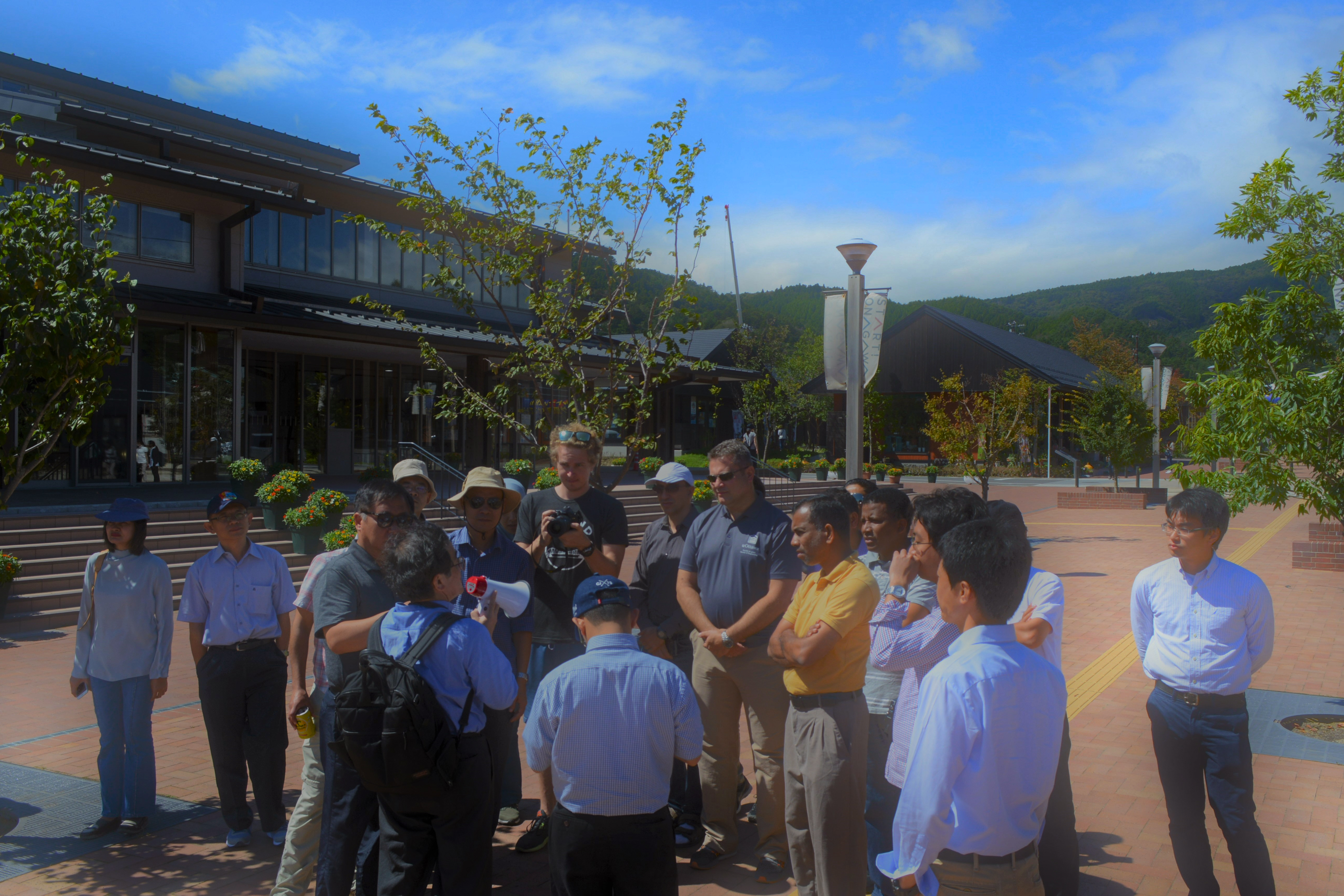
“There is a record of a tsunami comparable to the Indian Ocean one in the historical materials in an old temple in Sri Lanka, but local residents were not aware of it. Disaster preparedness must begin with local people’s awareness of the history of disasters in their area. Recounting the experience of the great earthquake to the world is important in this respect.”
Professor Shibayama has also built an international research network with its base at Waseda University as part of the Support Program for the Strategic Research Foundation at Private Universities. Most of the overseas researchers who collaborate with him are those who once studied in Japan and obtained a doctorate from Shibayama Laboratory. Through the joint research across national borders, the lessons learned from the great earthquake are shared and used for disaster countermeasures in other countries.
New coastal disaster countermeasures for each region by applying the results of research in Tohoku
The lessons learned from the Tohoku tsunami are being applied to all regions in Japan. After the great earthquake, prefectures nationwide were forced to re-examine their tsunami hazard maps. Japanese researchers in coastal engineering and tsunami studies conducted field surveys for many years. They jointly proposed two levels of tsunami countermeasures, which are now the current standards: “tsunami protection level” and tsunami disaster mitigation level. Every municipality has an evacuation plan based on this model. Professor Shibayama is currently working to restructure coastal disaster countermeasures in Kanagawa Prefecture.
“For calculating the probability of an earthquake or tsunami in each region, we examine historical data, and first decide the height of seawalls and coastal levees and banks using numerical prediction models. We then predict inundation areas and make evacuation plans. Such measures are quite advanced and are being deployed nationwide.”
Tsunami is not the only coastal disaster. Due to climate change, we increasingly see more typhoons that behave differently. This means the simulation of storm surges and high waves also needs to be improved. Accurately predicting possible damage based on the ever-changing fury of nature has become a new target for Shibayama Laboratory.
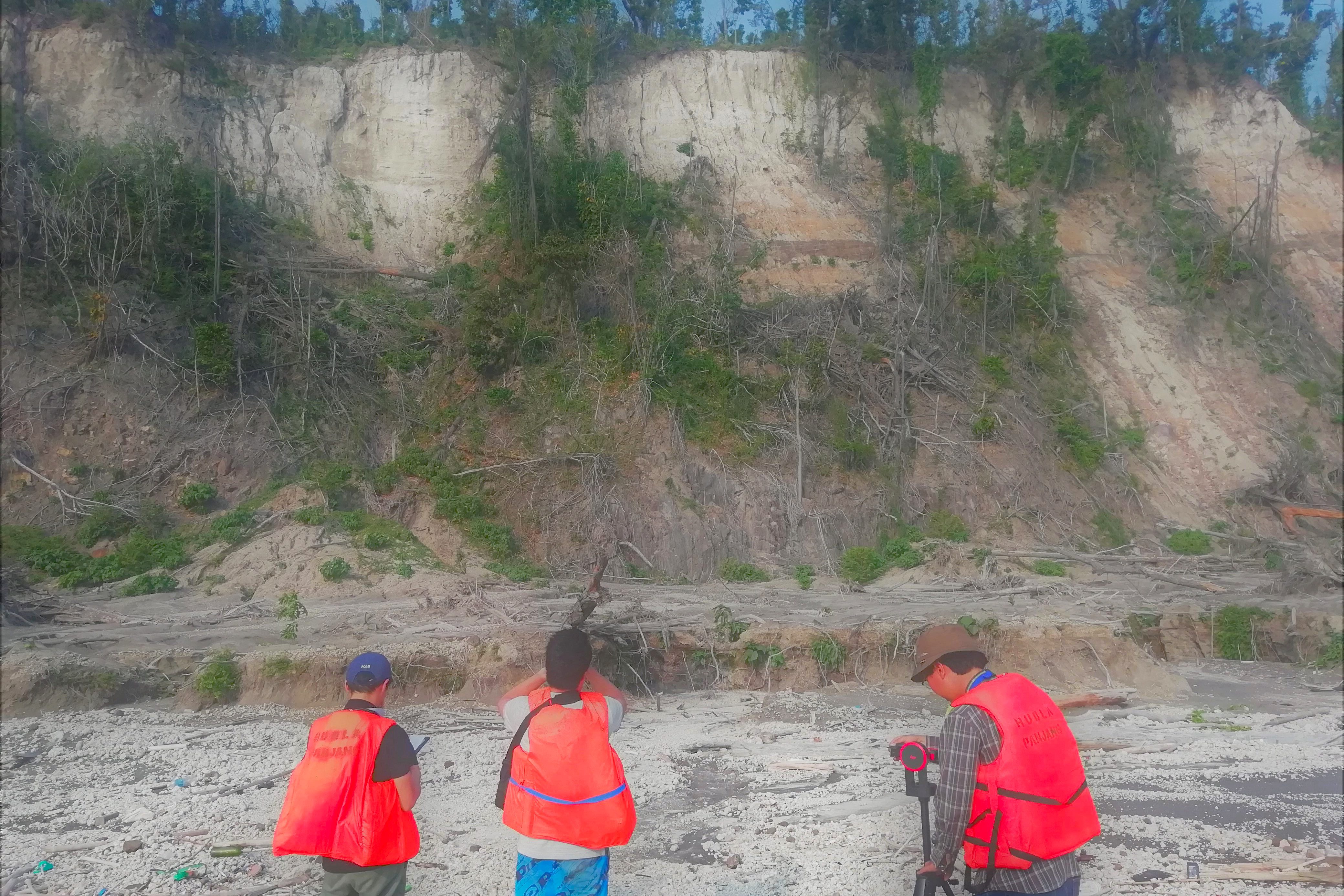
Countermeasures reviewed a decade after the tsunami
It has been ten years since the great earthquake. How has research on disaster countermeasures progressed?
“Immediately after the great earthquake, disaster researchers from all over Japan headed to the site. What we saw there was unimaginable damage—what exactly had happened? Our priority then became to accurately grasp the situation. The first stage of the research was to analyse the disaster by making full use of simulation models and laboratory experiments while proceeding with field surveys.”
When conducting research, the first step is to grasp the situation and the next to re-examine constructions that can withstand tsunamis and earthquakes. The important thing here is to investigate the cause of the collapse of buildings.
“For example, if trees in a tide-water control forest get washed away due to a tsunami and then causes a building to collapse after colliding with it, the forest itself needs to be reviewed. These research data will be useful not only for areas affected by disasters but also for disaster prevention nationwide.”
Then, an evacuation plan is formulated. Since the difficulty of evacuation varies from region to region, much consideration is required to prepare an optimal plan for each.
“Collecting detailed data for each region is crucial. The data include those on topography and roads, the population distribution of the elderly and people with disabilities, and the location of evacuation shelters. These calculations are carried out with assistance from the laboratory students.”
Rethinking sustainable land use to break away from disaster-prone islands
Professor Shibayama is currently exploring new forms of land use in parallel with a formulation of evacuation plans.
“No matter how much we devise evacuation plans, earthquakes and tsunamis will continue to occur in Japan. In the long run, we need to take the approach of breaking free of the disaster-prone archipelago. Specifically, each resident should choose a place with a low risk of being affected by disasters. The Institute for Sustainable Future Society calculates the risk of natural disasters as a cost by region. If this natural disaster risk cost is presented along with land prices and the extent of convenience when moving or building new houses, people will choose the ones with the lowest risk and disaster cost. In other words, Japanese people will themselves gradually move to safer places. It is impossible to relocate locals by taking the top-down approach of the national or local government. However, if this mechanism can be maintained over a long period of time, say 50 years, building a sustainable future can be feasible. There have been negative reactions to this conversion of disaster risks into monetary values. However, I think this is the most reliable solution at this stage.”
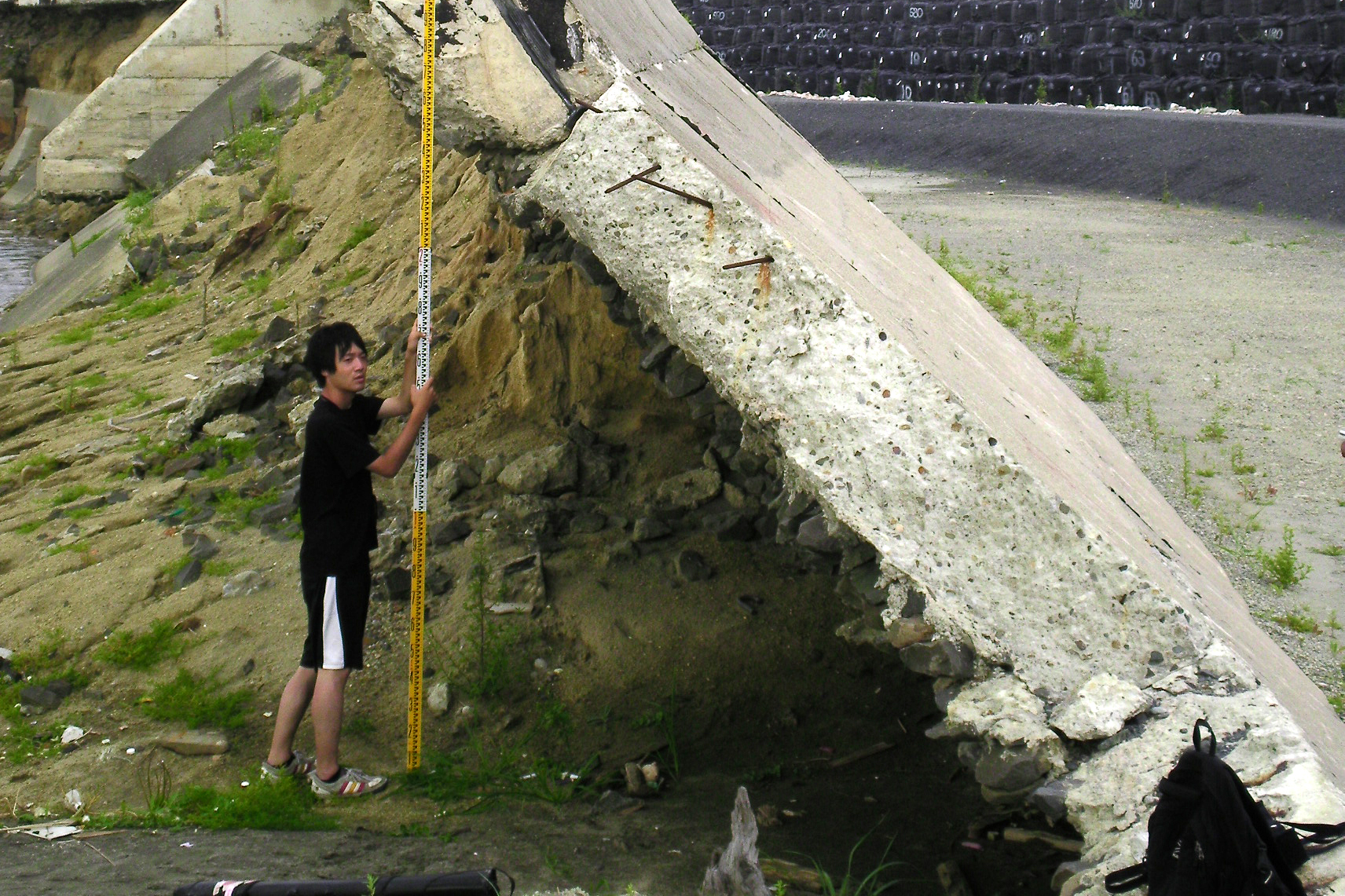
Field surveys by students pass on the memories of the great earthquake
Waseda University conducted the Joint survey of Tohoku thrice after the great earthquake. It dispatched the fourth-grade and graduate students from each laboratory to the affected areas to conduct field surveys. Professor Shibayama, who led the students on the site, looks back on those days from an educator’s viewpoint.
“For the joint survey, we recruited students from various fields such as civil engineering and architecture to understand the disaster comprehensively. The affected areas must have come as a huge shock to the students. Nevertheless, they were determined to proceed with the field surveys. Many graduates who were involved in those surveys as students now focus on disasters as university professors, civil servants, engineers or researchers. Those surveys played a significant role in passing on memories of the great earthquake to future society.”

